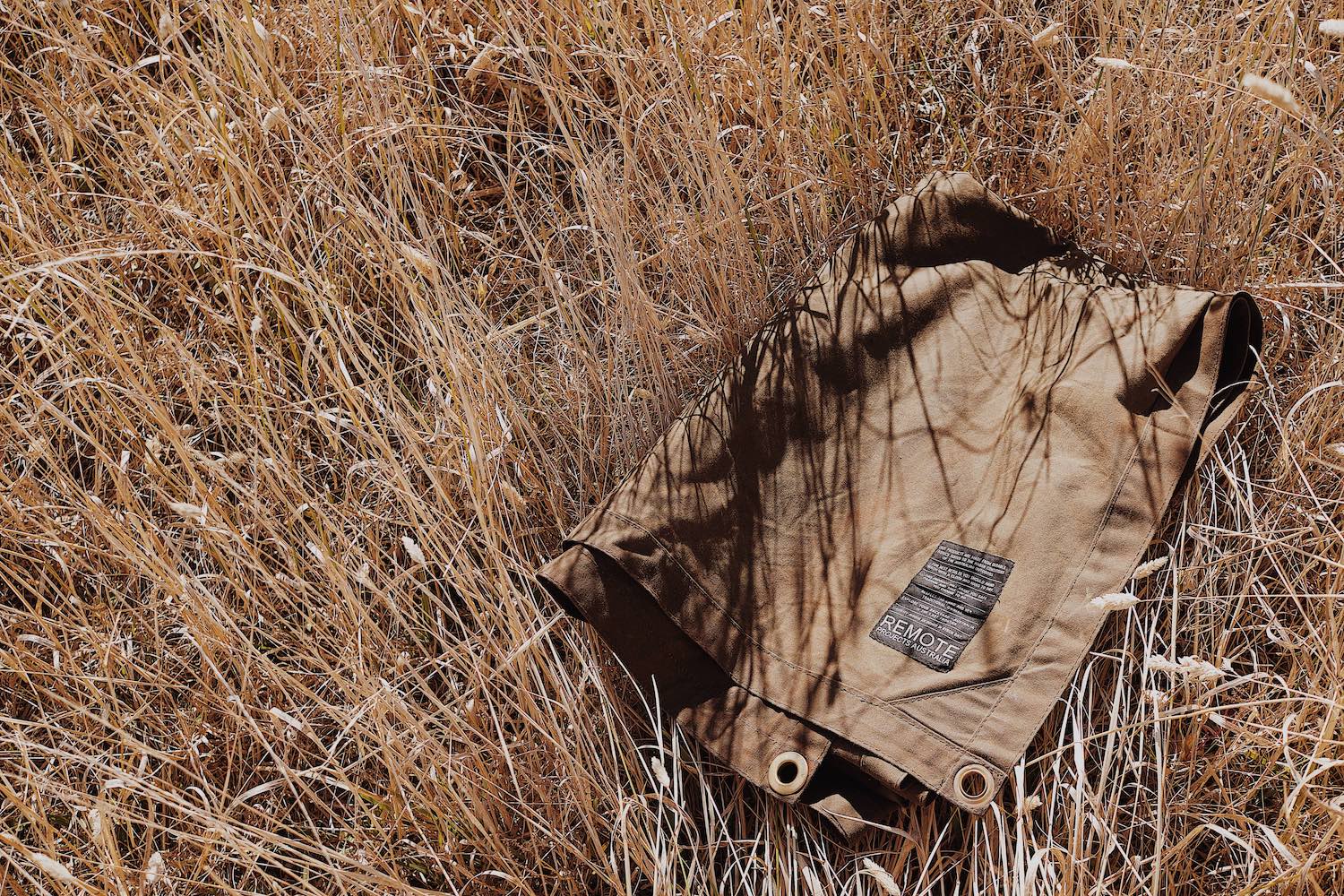A Road Trip on the New England Highway
with JASON MOWEN
“New England” conjures a mixed bag of imagery, from the picturesqueness of rambling, Bronte-like topography and majestic trees making their last golden hurrah before winter, right through to the colonial destruction of wise and ancient cultures on this continent and others.
In my case it was the name of the university I was to attend, a godsend of a place in Armidale accepting of academic disasters able to impress in an interview. Before long I was being deposited at Drummond College, the least cool of the university’s eight on-campus residences and home for the next three years. We were a motley crew of rejects and late arrivals but after the prison of school, campus life was exhilarating and I’ll always look back on that time at the University of New England as one of the happiest of my life.
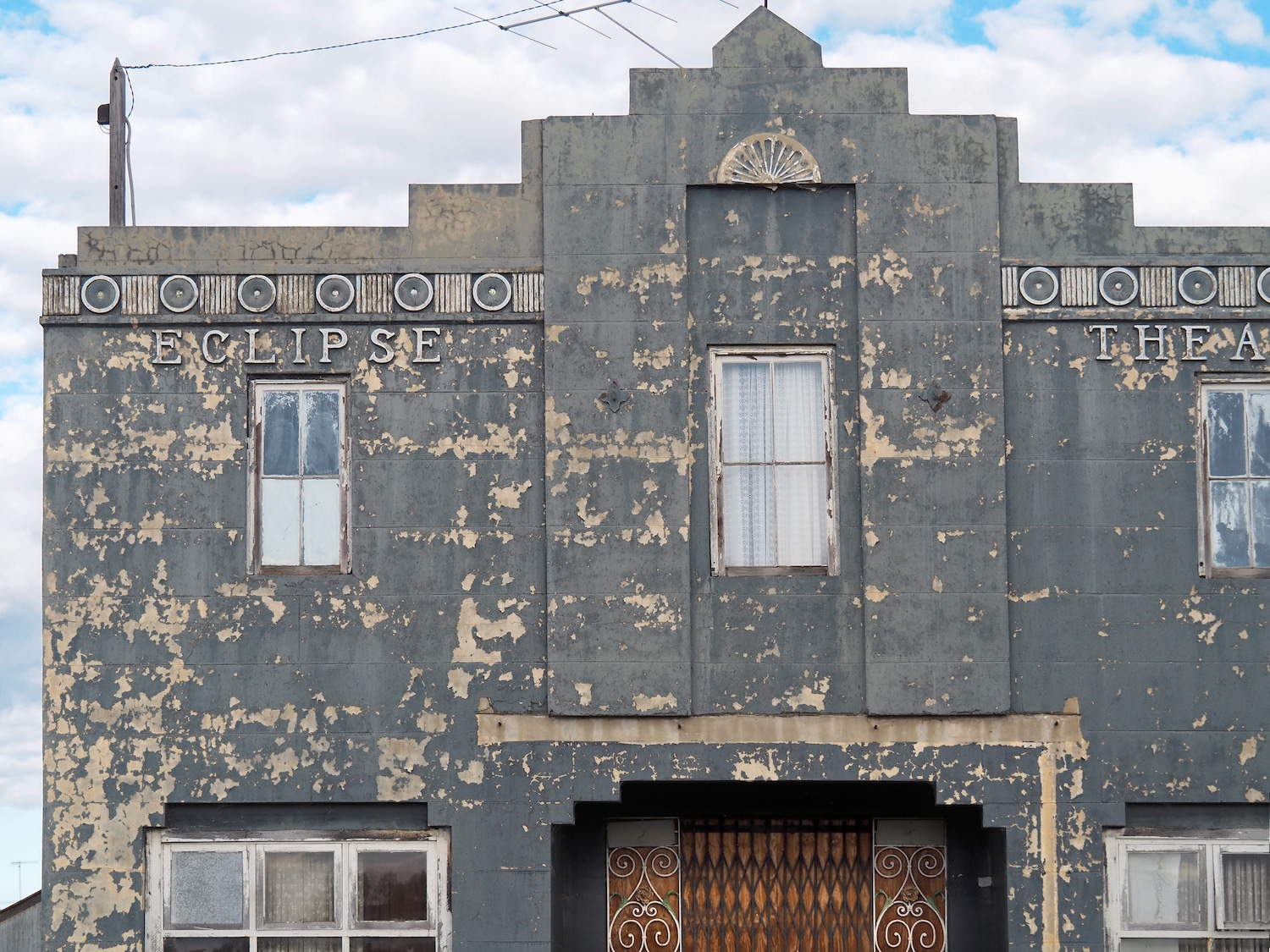
This name – “New England” – was first coined in 1836 by the Sydney Herald for an area thick with armed bushrangers that stretched north from the Hunter Valley to the tablelands of what is now Queensland. Official recognition followed three years later and a Land Commissioner set up in a place he called Armidale, after the castle on the Isle of Skye. At one point there was even a push to change the name to “New Scotland” as so many Scots had settled in the area. More robust, though, was the talk of secession and the formation of a seventh state, climaxing with a referendum in April 1967. Thanks to some Machiavellian gerrymandering on the part of the NSW Government the Remainers prevailed although the odd breakaway rumbling has since taken place. One dedicated agitator even printed a mock currency – the Newro – for his much-desired State of New England as recently as 2005.
Scaling this land is the New England Highway and one of the unsung joys of living in Murrurundi is that you have to take it to get anywhere. It’s quiet (at least compared to its brash coastal cousin, the six-lane Pacific) and cuts through spectacular country, especially picturesque from just south of Murrurundi up to Tenterfield. I drove this stretch a couple of months ago but slowly, over the course of a week rather than the usual 5 hours, surveying this highway of memories as a destination in its own right.

I didn’t get far. 18km north of Murrurundi is the tiny village of Willow Tree, home to Graze at the Willow Tree Inn, one of the best country pubs in the state. Sandwiched between the road and the railway line, the pub and its adjoining cottages sport luxurious accommodation but best of all is the restaurant, where, semi-vegetarian ways left decidedly at home, I devoured delicious corned beef with white sauce, mashed potato and greens. The Hannah family, who reinvigorated the pretty dot of a town with their do-over of the Inn in 2010, rear the cattle on their nearby property, Colly Creek. They also have Plains Pantry opposite, a gourmet deli great for a quick bite or to stock up on cryovaced smoked trout from nearby Nundle (amongst other goodies), the best smoked trout full stop.
The landscape opens up like a deep breath after Willow Tree, majestic and sunburnt as the highway rolls toward the country music capital of Tamworth. I’ve got Johnny Cash playing on Spotify to get me to Goonoo Goonoo Station – pronounced gunna-goo-noo – an historic sheep station 20 minutes south done over as an upmarket farmstay. The words mean “running water” in the language of the Kamilaroi people, one of the largest indigenous nations of Australia who have inhabited the area for thousands of years. I’d stayed briefly in one of the station’s cottages mid last year and looked forward to returning during the summer to make use of the swimming pool. This time I was parked in room 9 of the Shearers’ Quarters, which has great views across magnificent, quintessentially Australian countryside. Views from Glasshouse – the striking glass-pavilion of a restaurant adjoining the original woolsheds at the top of the hill – are even better.
You pick up on a leitmotif driving around downtown Tamworth: car yards, Canary Island date palms and Art Deco. It’s not traditionally a place revered for its beauty, but scratch away at the surface and it does have its charms, with pretty streetscapes, the beautiful Anzac Park and a melting pot of interesting architecture. Drive along Upper Street for its shuffle of smart Victorian, Edwardian, Art Deco and postwar homes as well as cute newcomer, the cafe Humble, always packed as it serves the best brew in town.
Shady Peel Street is Tamworth’s main thoroughfare, where you’ll find the cool new gelato bar, Spilt Milk – the real deal in lidded metal tubs rather than decorative piles that don’t stay so fresh. I tried the schnitzel at two of the town’s pubs: The Tamworth (think photos of Tammy and Dolly above leather chesterfields in the front bar) and the just-restored Courthouse and both were delicious, paired with a pale ale at the end of the day. The Powerhouse is the jewel in the crown of Tamworth accommodation: motel layout (cars parked in front of rooms) but five-star hotel facilities and service. The recently renovated interiors are top notch and it’s worth checking in for the bar and restaurant alone.
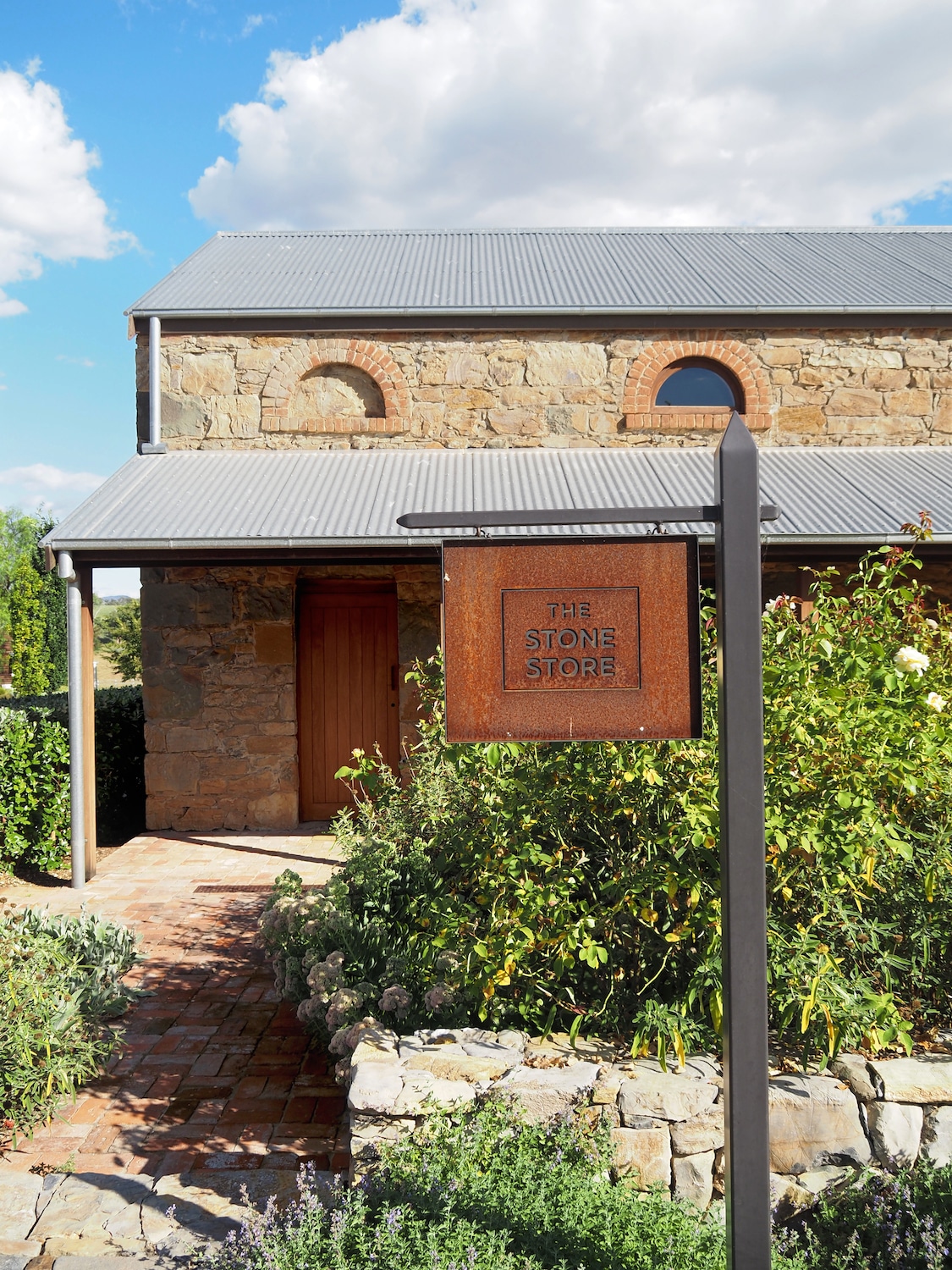
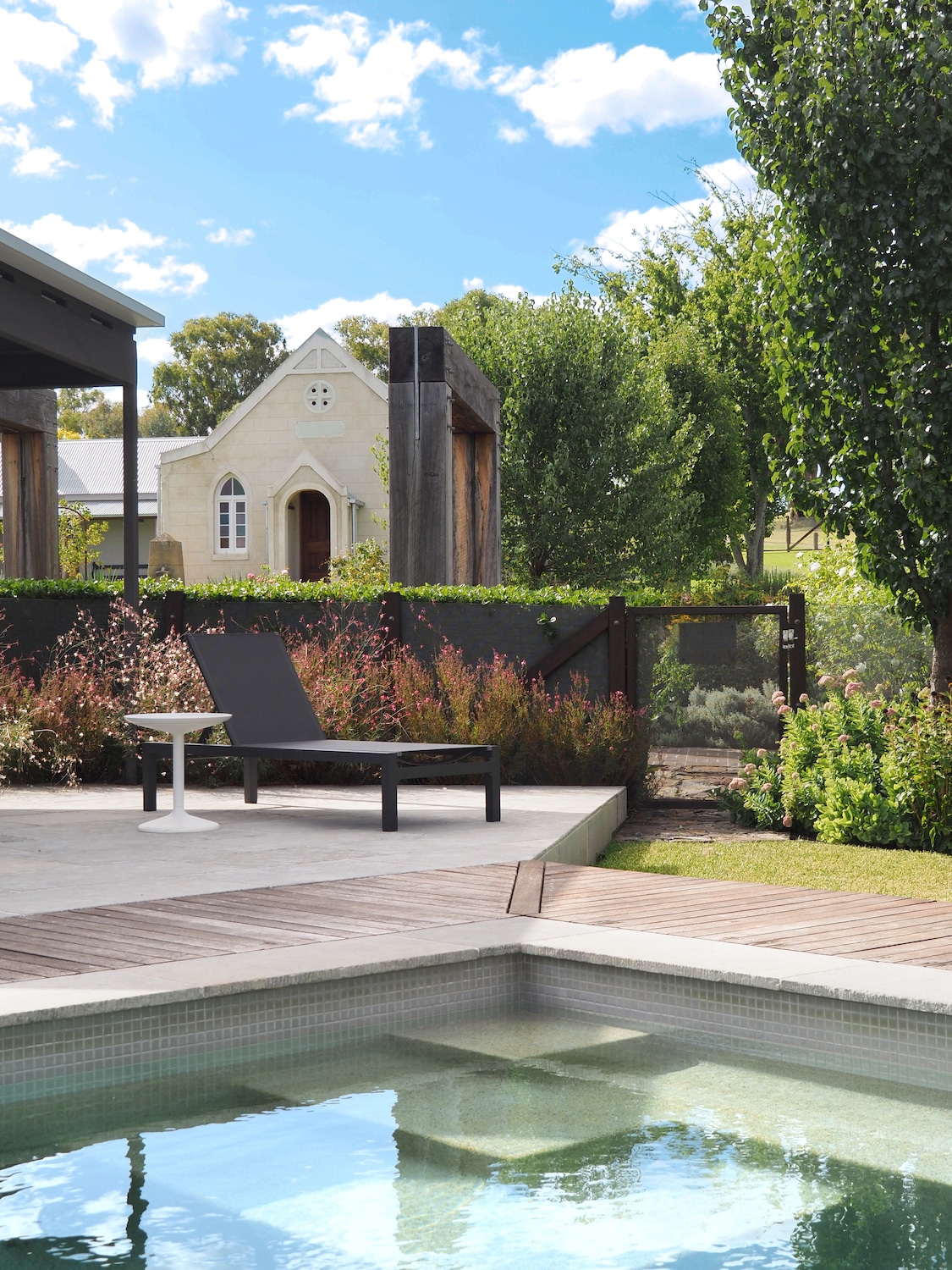
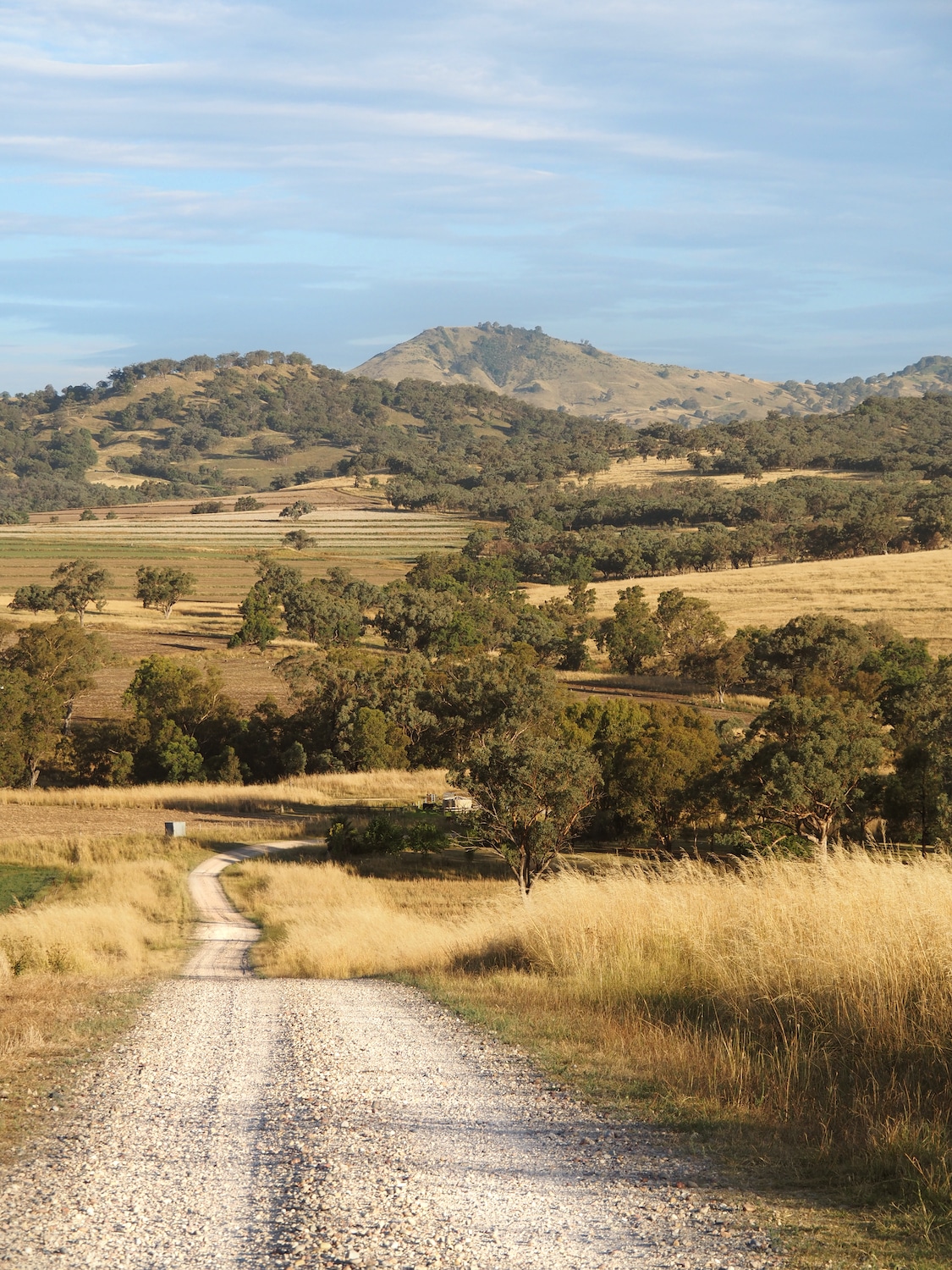
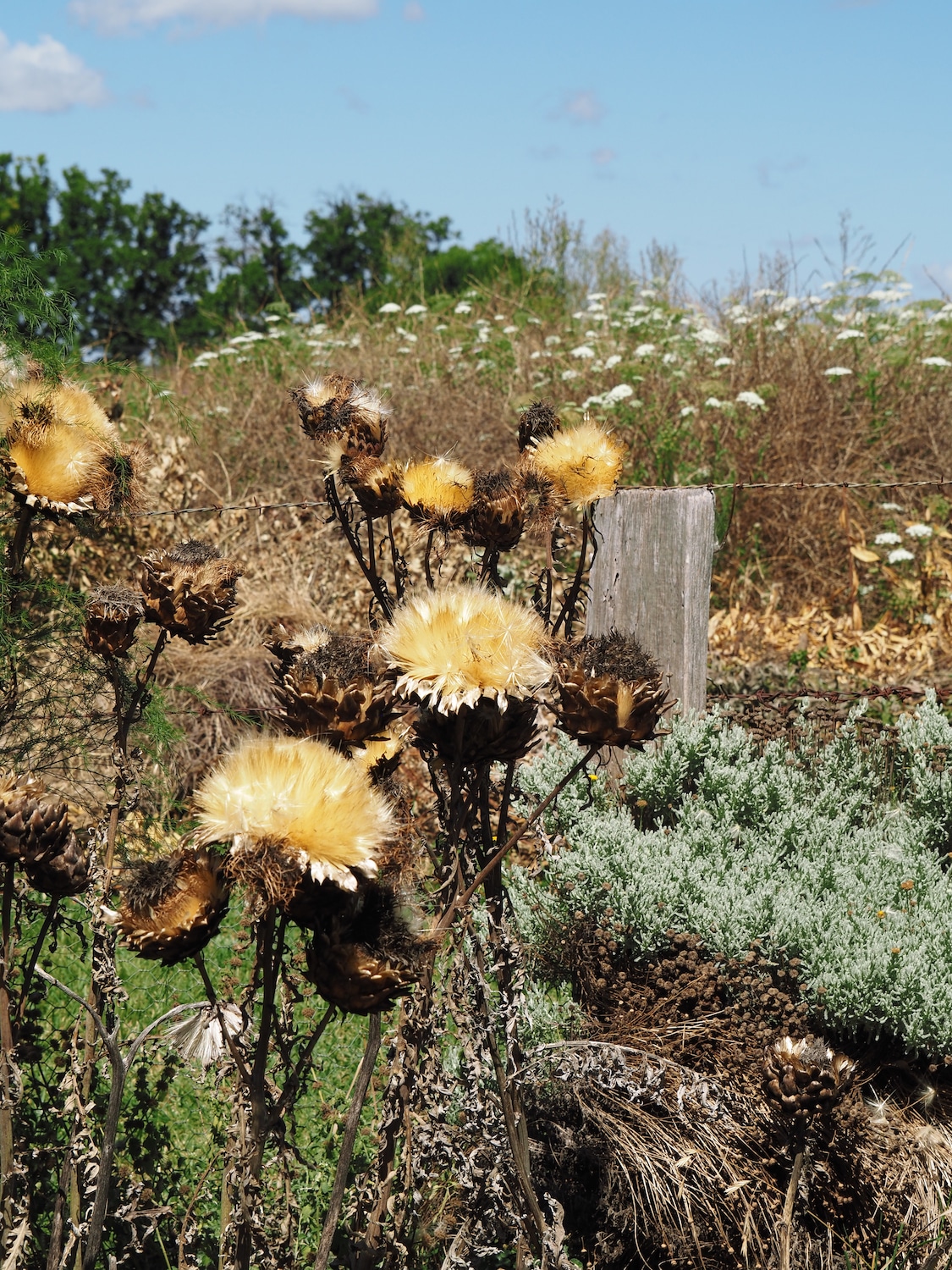
It’s a steep climb from Tamworth (404m) to Bendemeer (815m) and on to Uralla (1012m) and after dense scrub, roadworks and shocking reception, dramatic granite boulders dot the roadside as the terrain opens up once again. Uralla, “a ceremonial meeting place and look-out on a hill” in the language of the local Aniwan tribe, is the cutest town on the highway. Lovely heritage buildings line the streets, from the mid-19th century McCrossin’s Mill through to the Trickett Building, a c.1910 general store in the main street made over as the mouth-watering Alternate Root Cafe. A few doors up is Burnett’s Books, where I scored a couple of beautiful old art books from the 1960’s, and up again and over is the New England Brewing Co, crafting their signature pale ale and other small batch beers since 2013. And if you feel like a quick detour it’s 10 minutes along a pretty country road to Gostwyck Chapel, a fairytale-like church at the entrance to the cattle station of the same name, an avenue of monumental elm trees as its backdrop.
Another half hour and you’re in Armidale, the cultural heart of New England with beautiful churches, an excellent regional gallery and cool cafes – one of which, the Goldfish Bowl, bakes its own bread in a woodfired oven and does delicious pizzas on a Friday. And again, great pubs. I polished off another delicious schnitzel at the packed Whitebull, reassured by the fact the same tunes – Kim Carnes and Wilde – were being played as when I first arrived in 1989. I made my ritualistic round of UNE’s campus and was thrilled to see the Australian Aboriginal Flag flying above the mighty Booloominbah, an Arts & Crafts mansion envisaged by architect John Horbury Hunt for the pastoralist, F.R. White, forming UNE’s historic core.
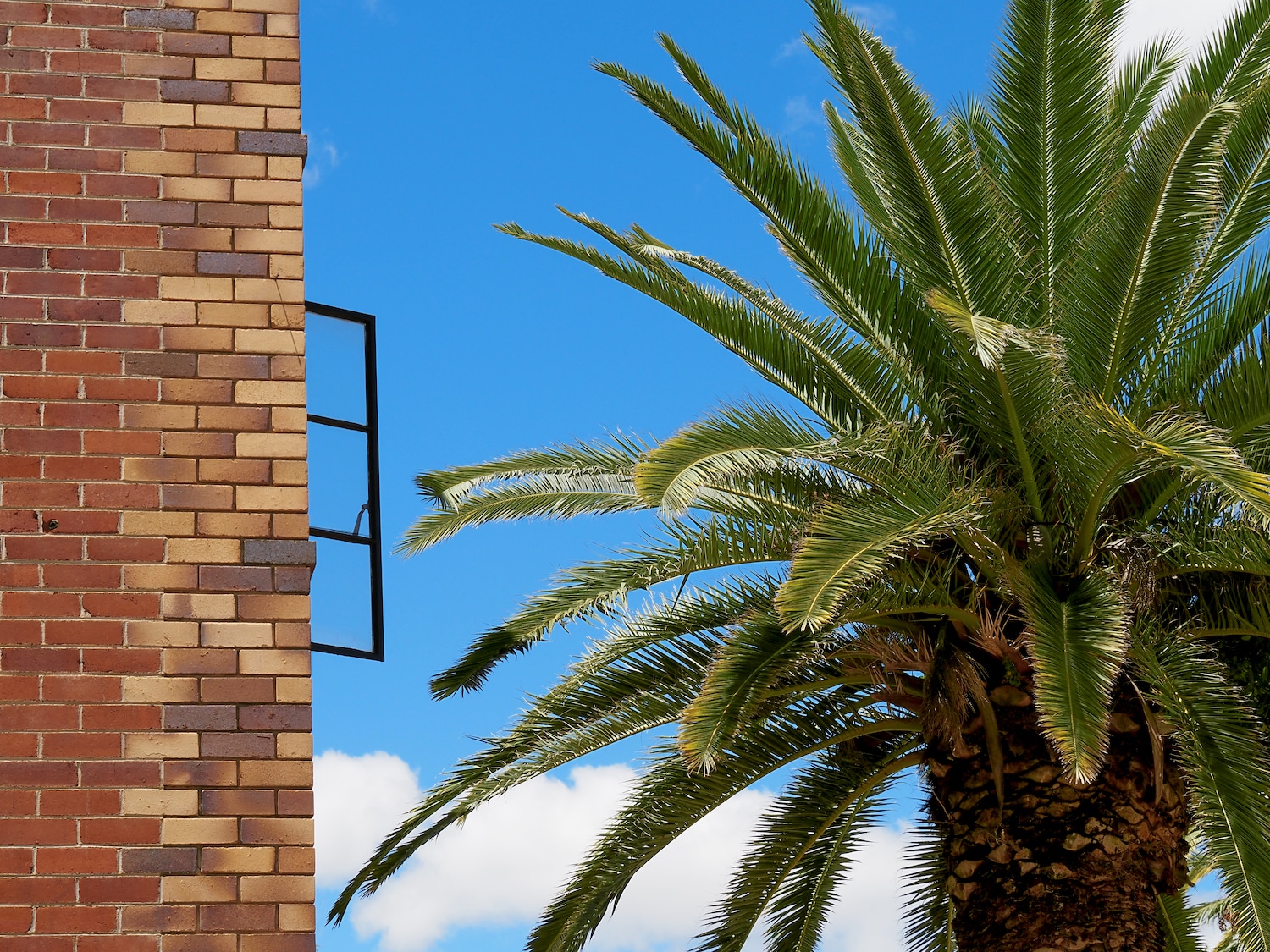
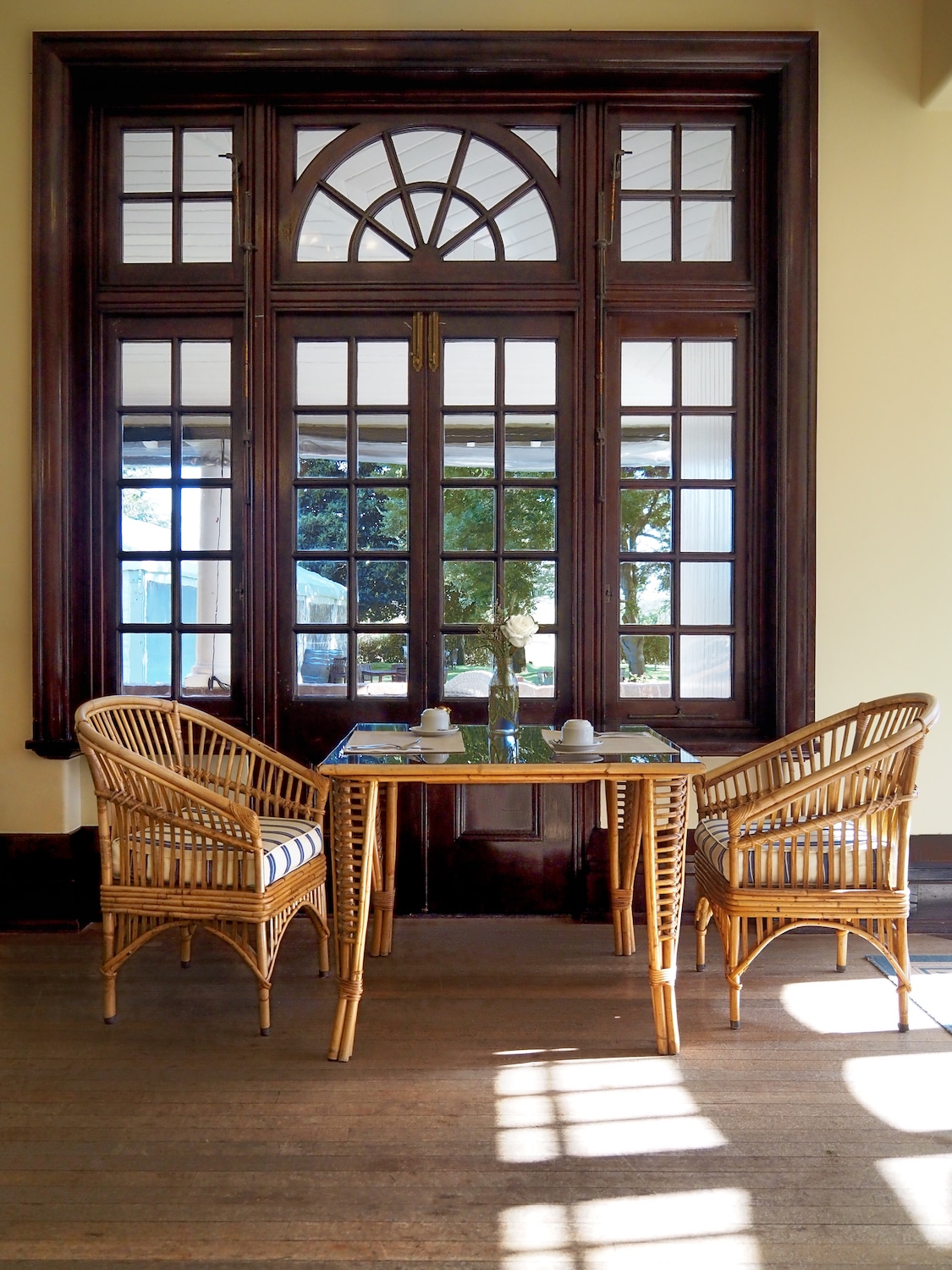
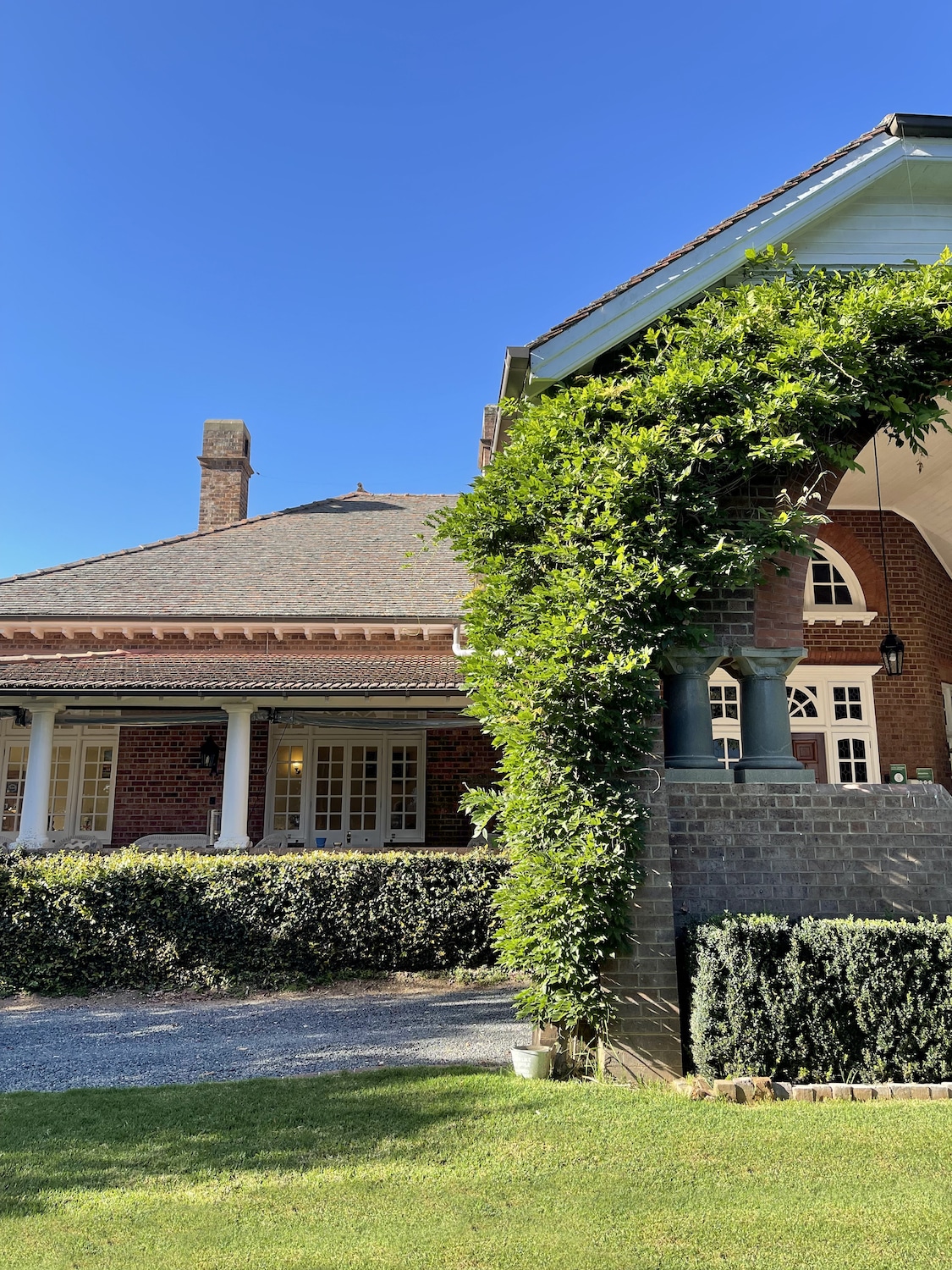

I’d booked to stay at Petersons Winery & Guesthouse just outside of town. The spectacular main house, Palmerston (1911) took its architectural cues from the bungalows of the British Raj and reads like a sprawling version of the home in Out of Africa. The vineyard was planted after Judy and Colin Peterson purchased the property in 1996 and produces excellent cold-climate wines such as their Armidale riesling, best enjoyed sitting under a century old tree in the garden or on the veranda, very Karen Blixen.
Nearby Saumerez is a grand late 19th century mansion now in the care of the National Trust and open to the public. The somewhat legendary White sisters were cousins of the Booloominbah Whites and Elsie, the last of the family to inhabit Saumarez, kept everything down to the last ruffled cushion, effectively securing this singular time capsule of Edwardiana. Mary White College at UNE takes its name from Elsie’s older sister, the family feminist who devoted her life to public work. There’s a fabulous photo of Mary in full Edwardian garb not only on top of the mansion’s steep roof but up again, standing at the top of a tall brick chimney.
Rows of poplars slice across a quintessential New England landscape moving north. The nation’s highest caravan park can be found at Guyra (1330m) and further along is the colourful town of Glen Innes, where I bought a crumbling but beautiful old book of Russian icons at The Book Market in Grey Street, another fantastic secondhand bookshop. Also crumbling and beautiful is the Eclipse Theatre in Deepwater, a 1930’s movie house that closed its doors in 1965. (I could Google why but prefer the mystery.)
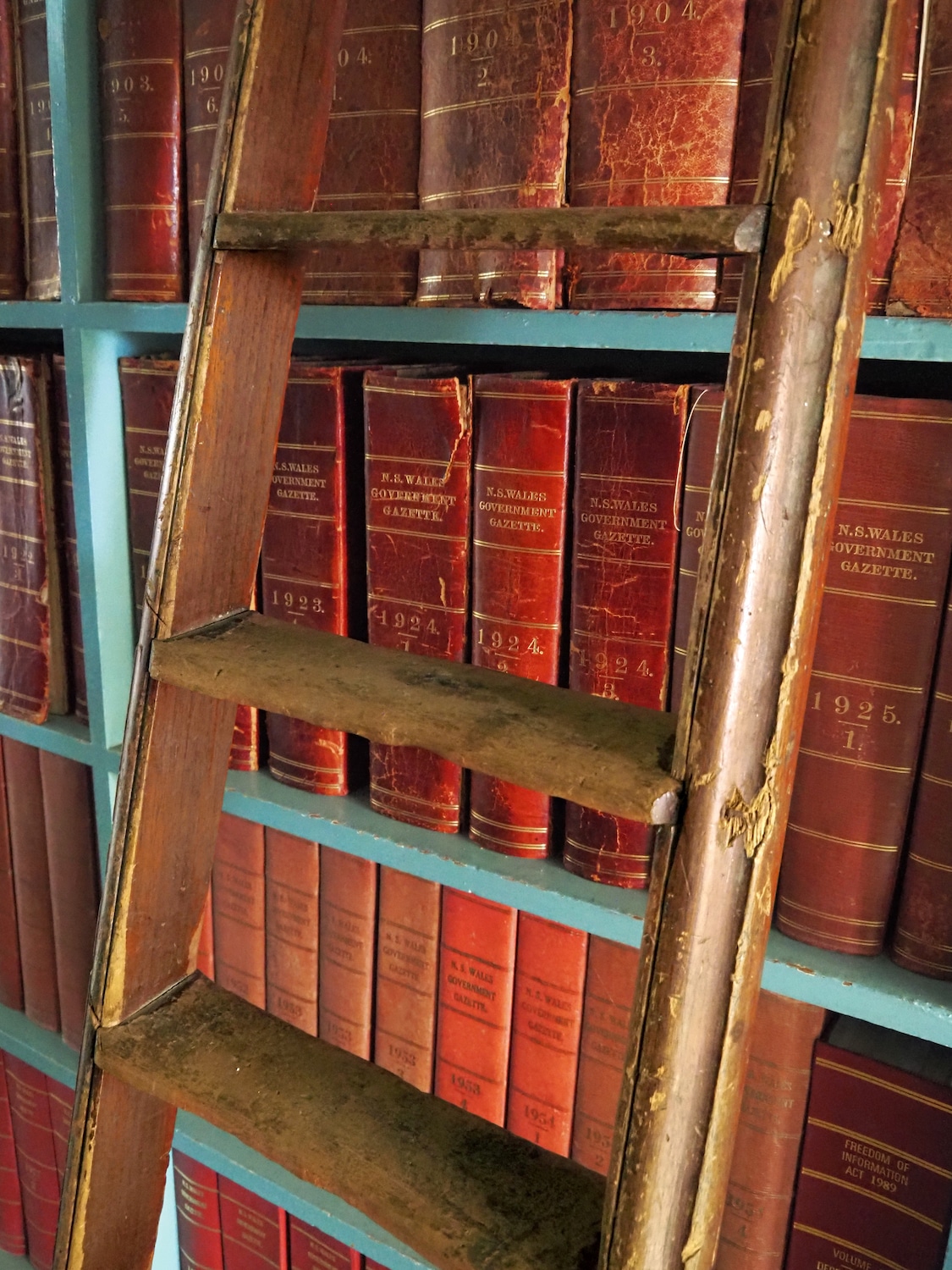
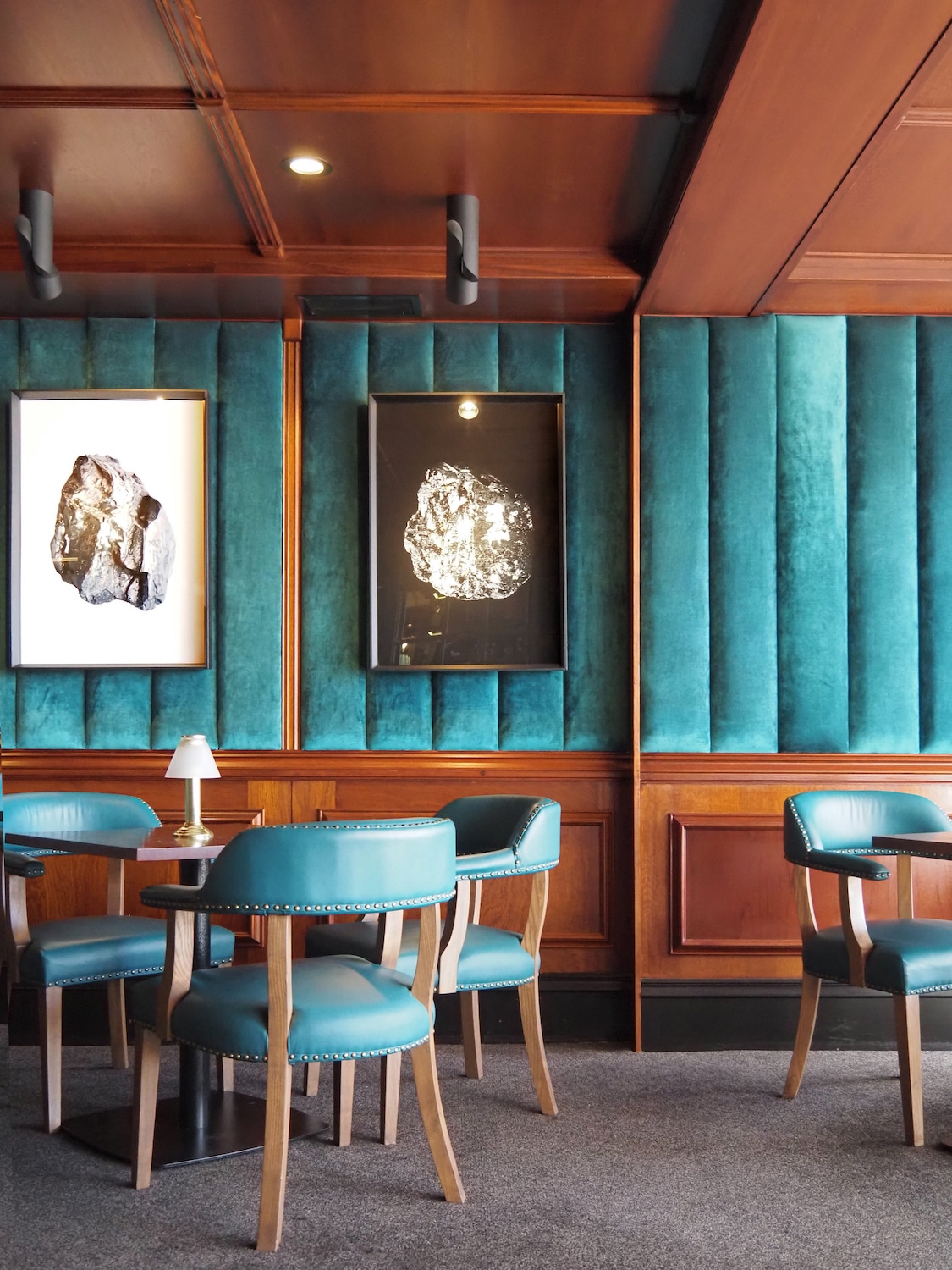
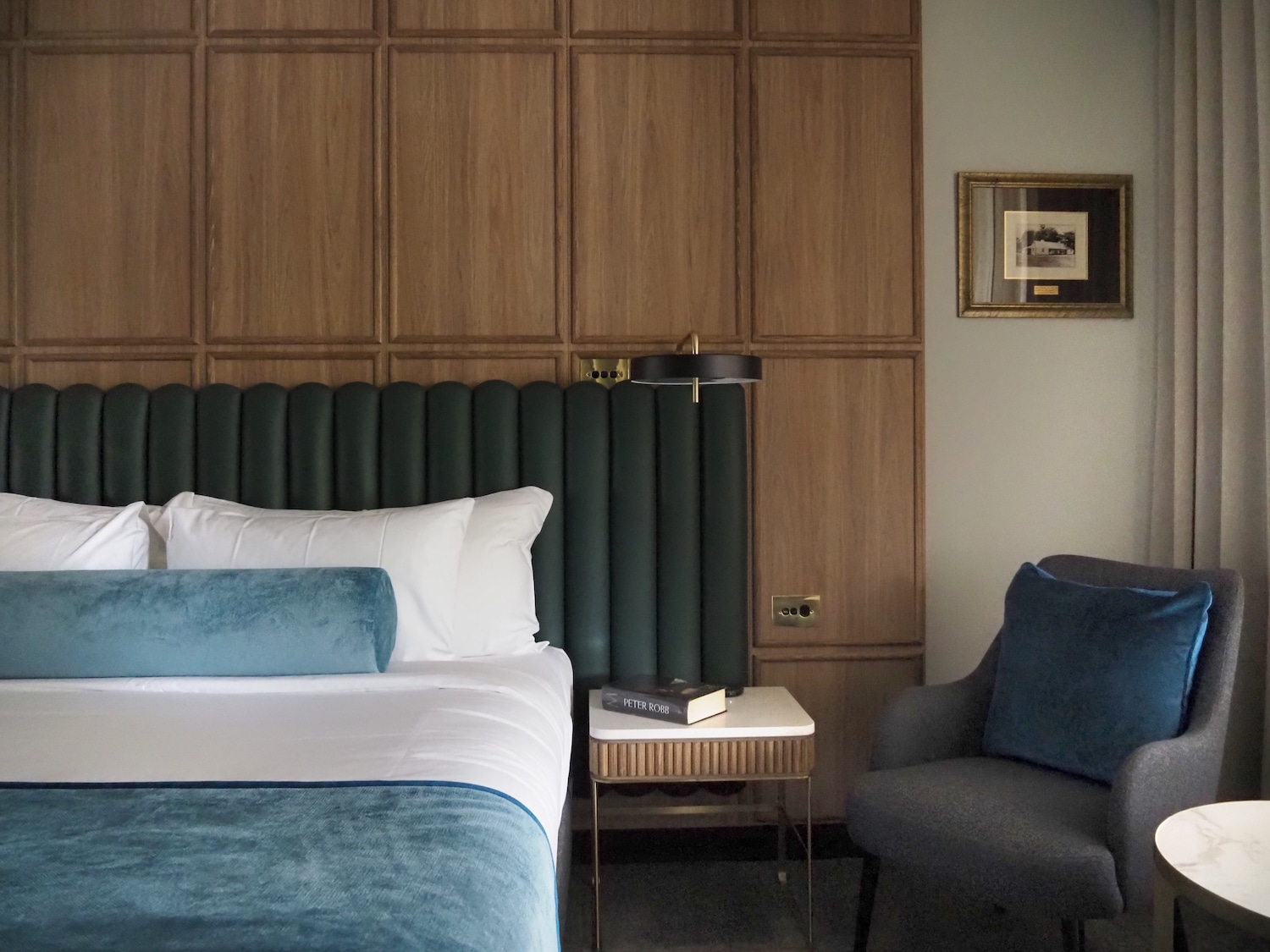
Travel well. Shop “Remote Projects” in our Murrurundi Concept Store now.
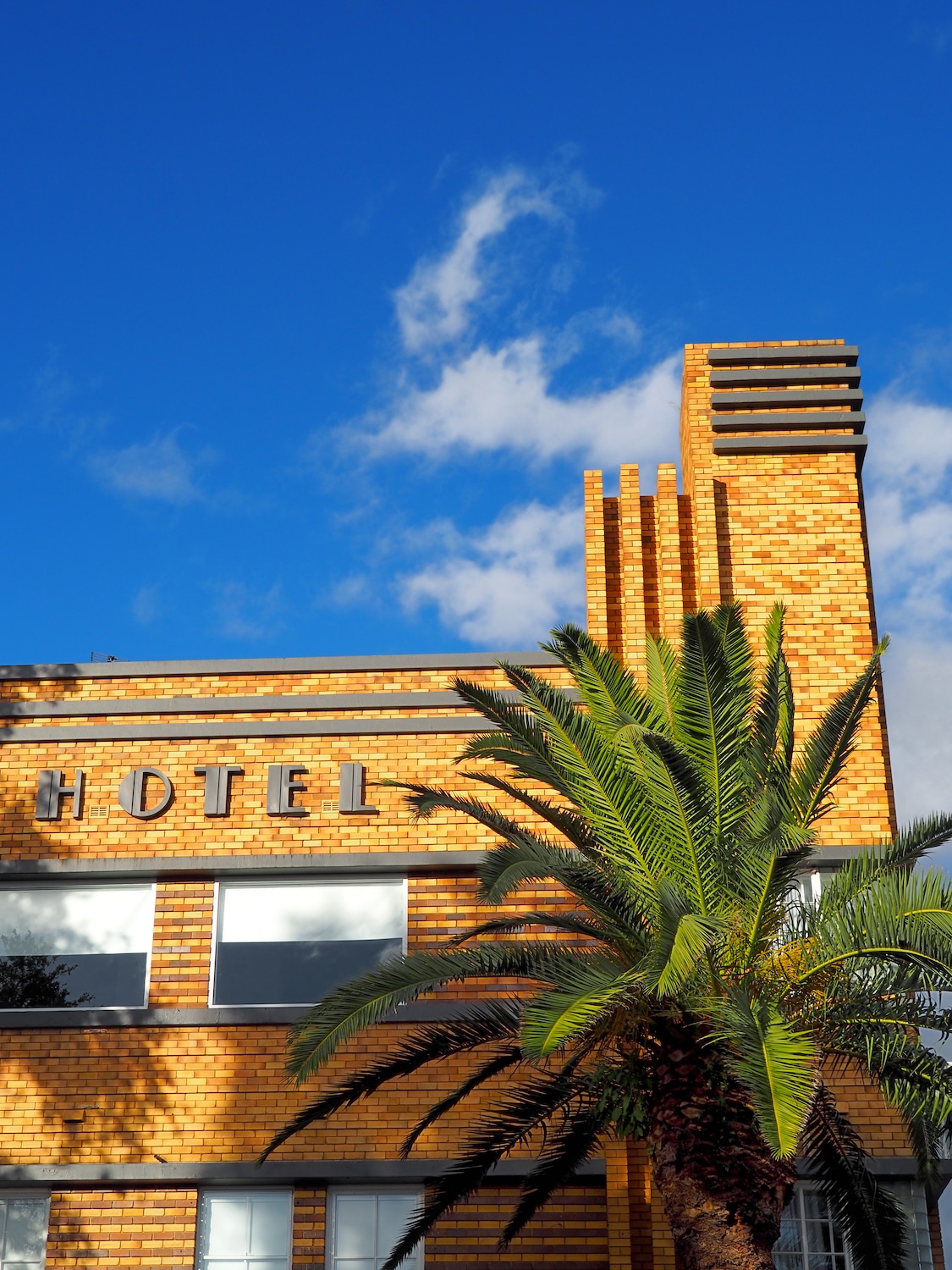
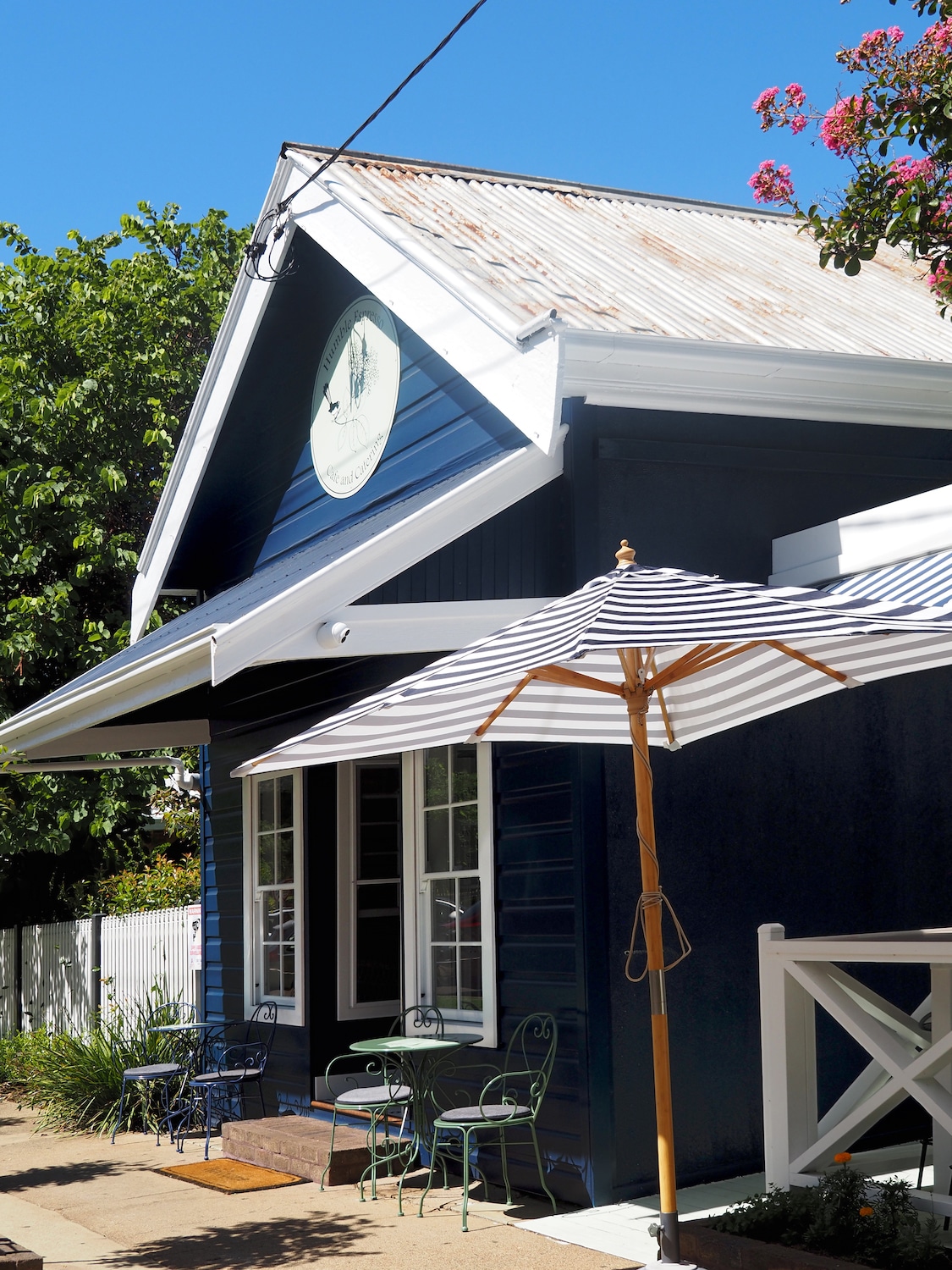
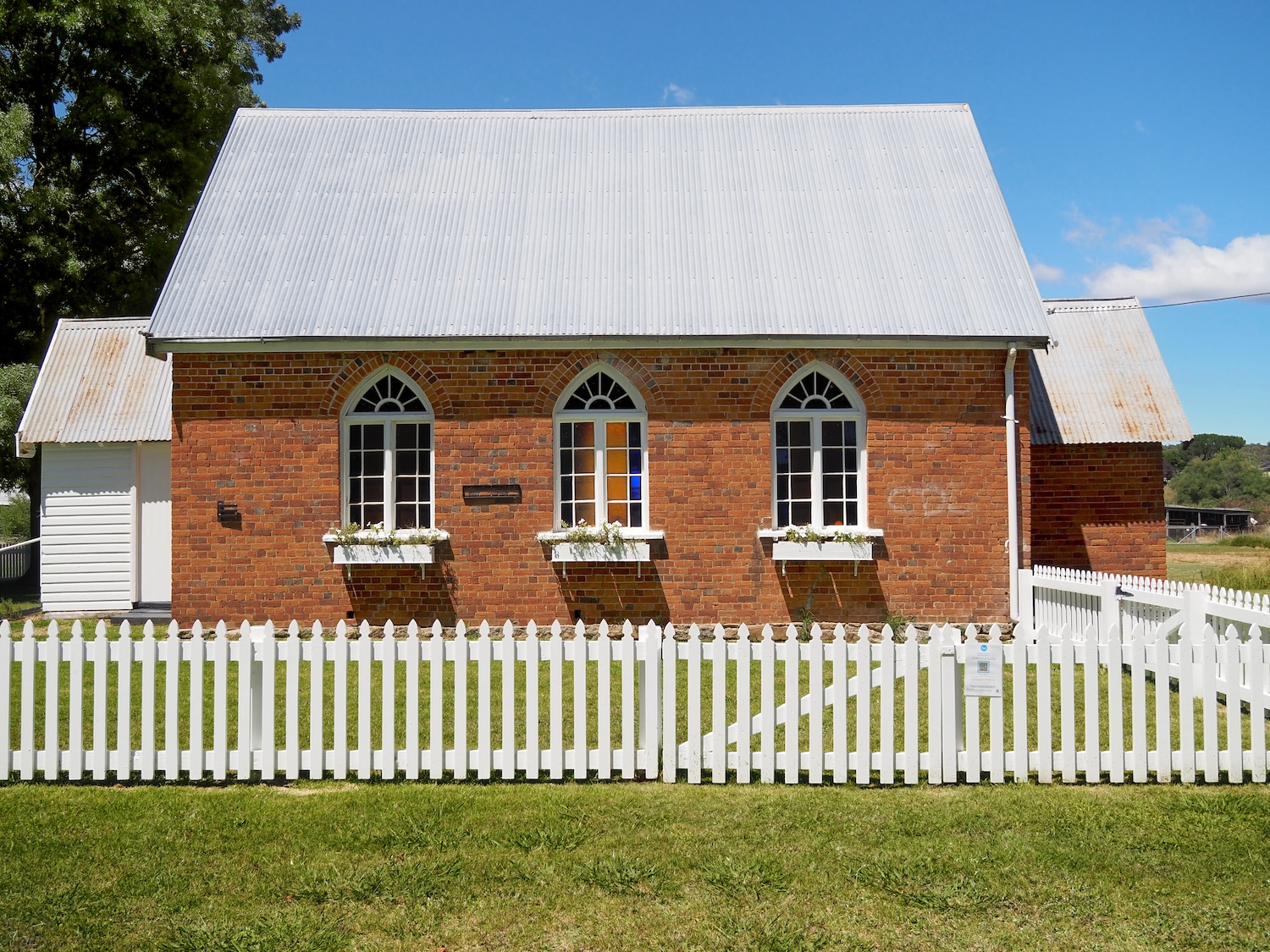

But my eye was on the prize of Tenterfield where I was to stay at The Commercial Boutique Hotel, a blonde-brick pub from the 1930’s done over as high-end accommodation and dining. My room was enormous, with a fireplace, freestanding bath and a circular balcony overlooking the town. The ground floor is full of curvaceous Art Deco detail, centred around the main bar turned restaurant, serving up delicious seasonal fare alongside local wines.
Tenterfield is another architectural gem, full of beautiful Federation homes as well as older colonial buildings, such as the legendary Tenterfield Saddler (1860). The perusal of old-fashioned shop fronts is a trip unto itself – you’d never know online shopping was a thing in Tenterfield – from the abandoned HQ of the Tenterfield Star (est. 1870) to CM Country Outfitters, a shop devoted to school uniforms and the colourful Sing Wah Chinese restaurant.
Also in the main street is the School of Arts (1869), its red-brick walls a joy to behold against a blue sky. Sir Henry Parkes delivered his fiery and impassioned speech advocating for the Federation of the Australian colonies from the building’s Banquet Hall, now part of a small but fascinating, and moving, museum. The room is hung with all the variations of the Southern Cross flag alongside a single Australian Aboriginal Flag. A museum label below this flag outlines, matter of fact, the astronomical cost of Federation for Indigenous Australians and the near-century it took to begin the correction.
Wanting to get away from the man-made world for a bit I head out along Kildare Road to see some of the incredible rock formations surrounding Tenterfield – the precursor to the Granite Belt along the Queensland border. Ridges of cascading rocks read like early Greek ruins, revealing themselves around the twists and turns of the long dirt road. Around another bend and massive boulders come together like primitive sculpture, a giant open air museum. I get out of the car and with my back to the road I contemplate these prehistoric views, already plotting my return.
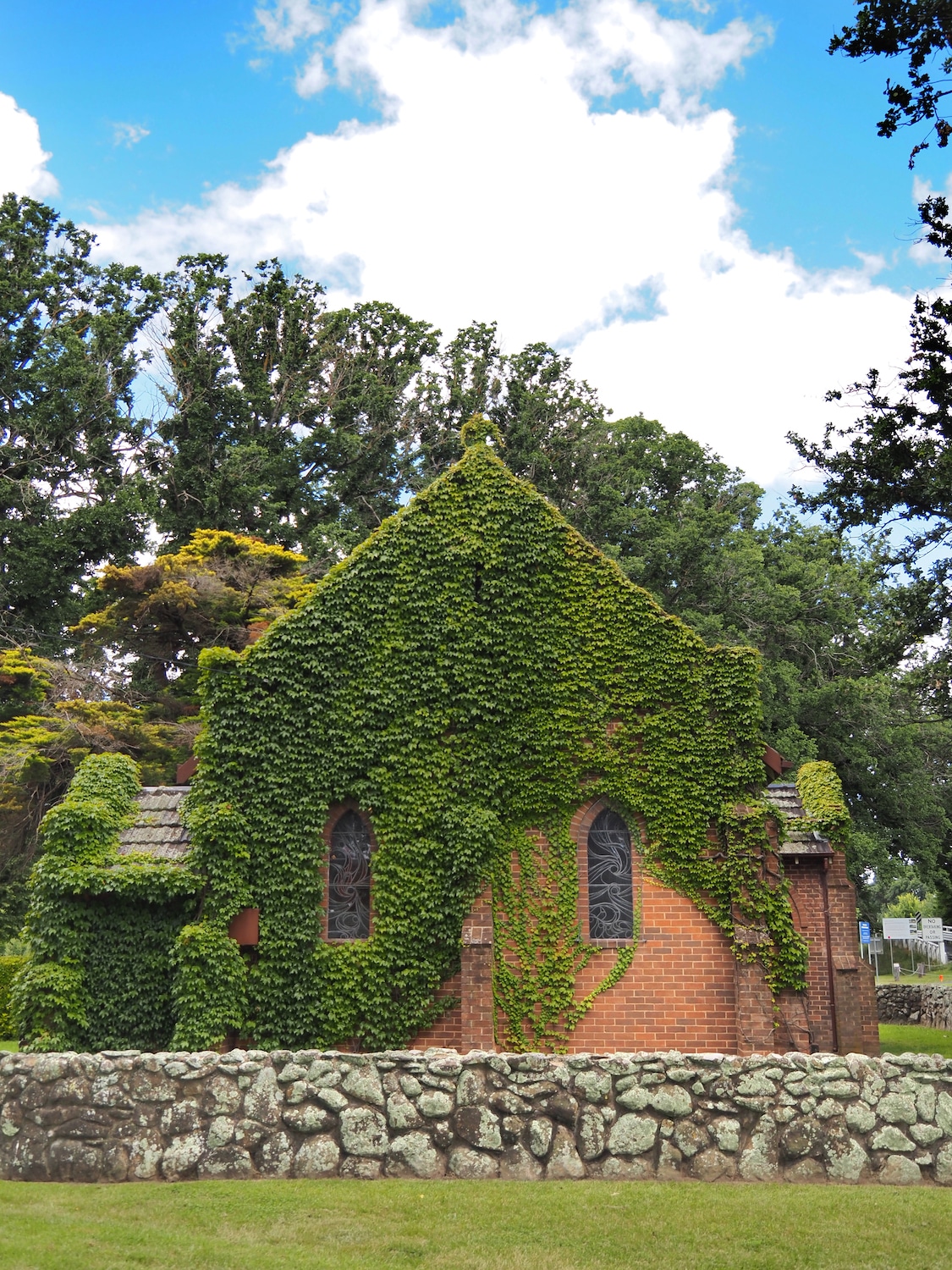
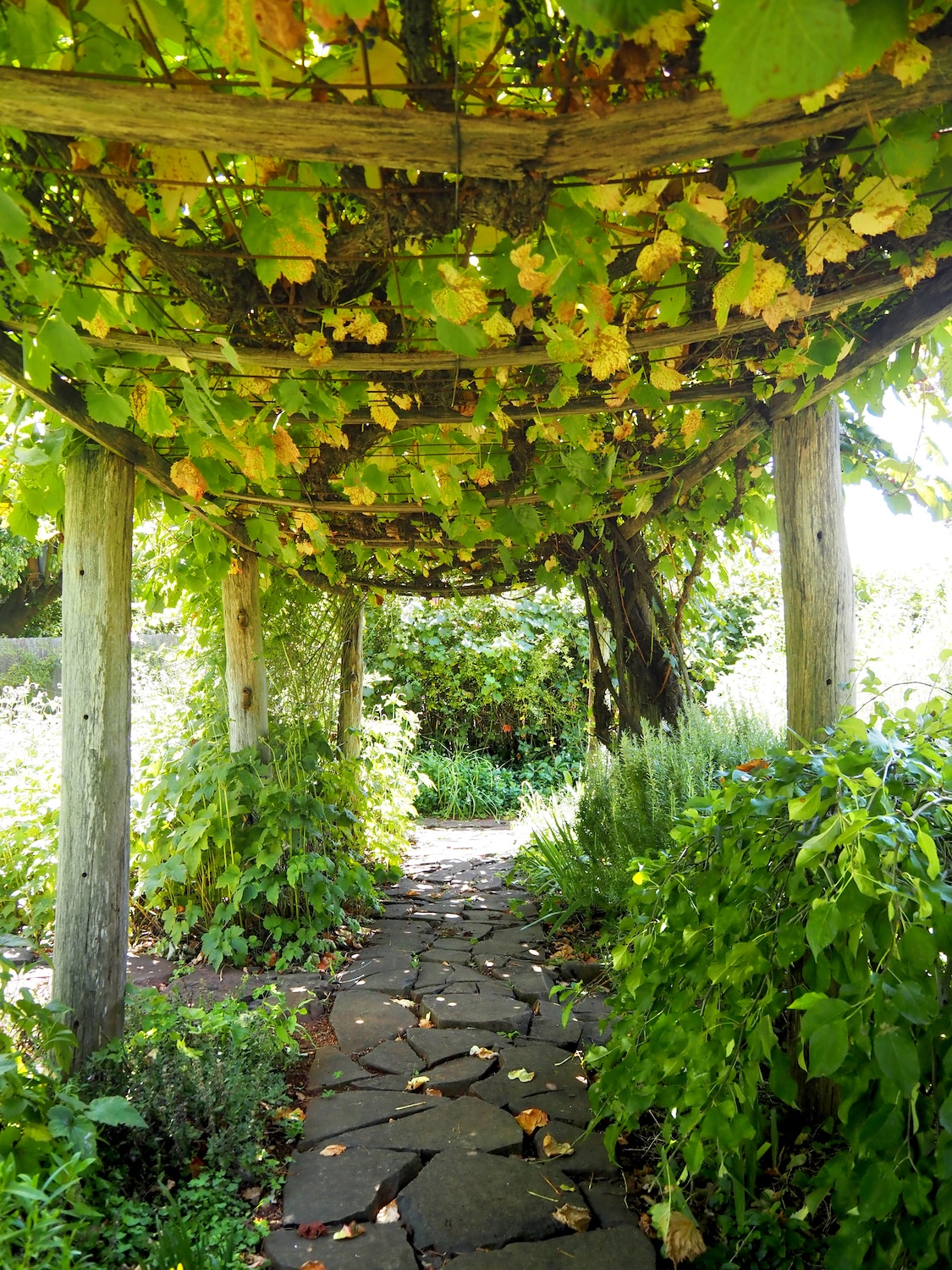
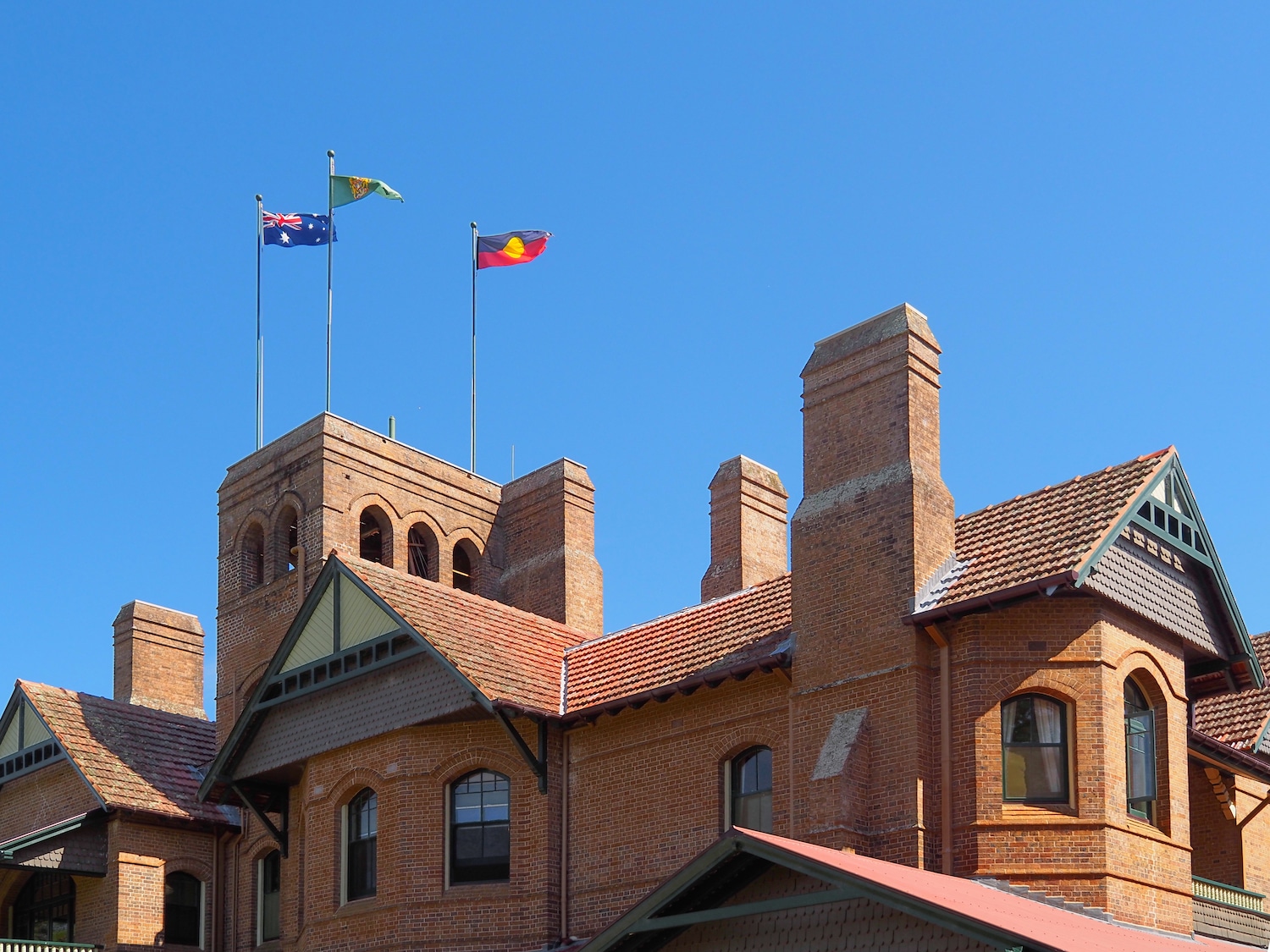
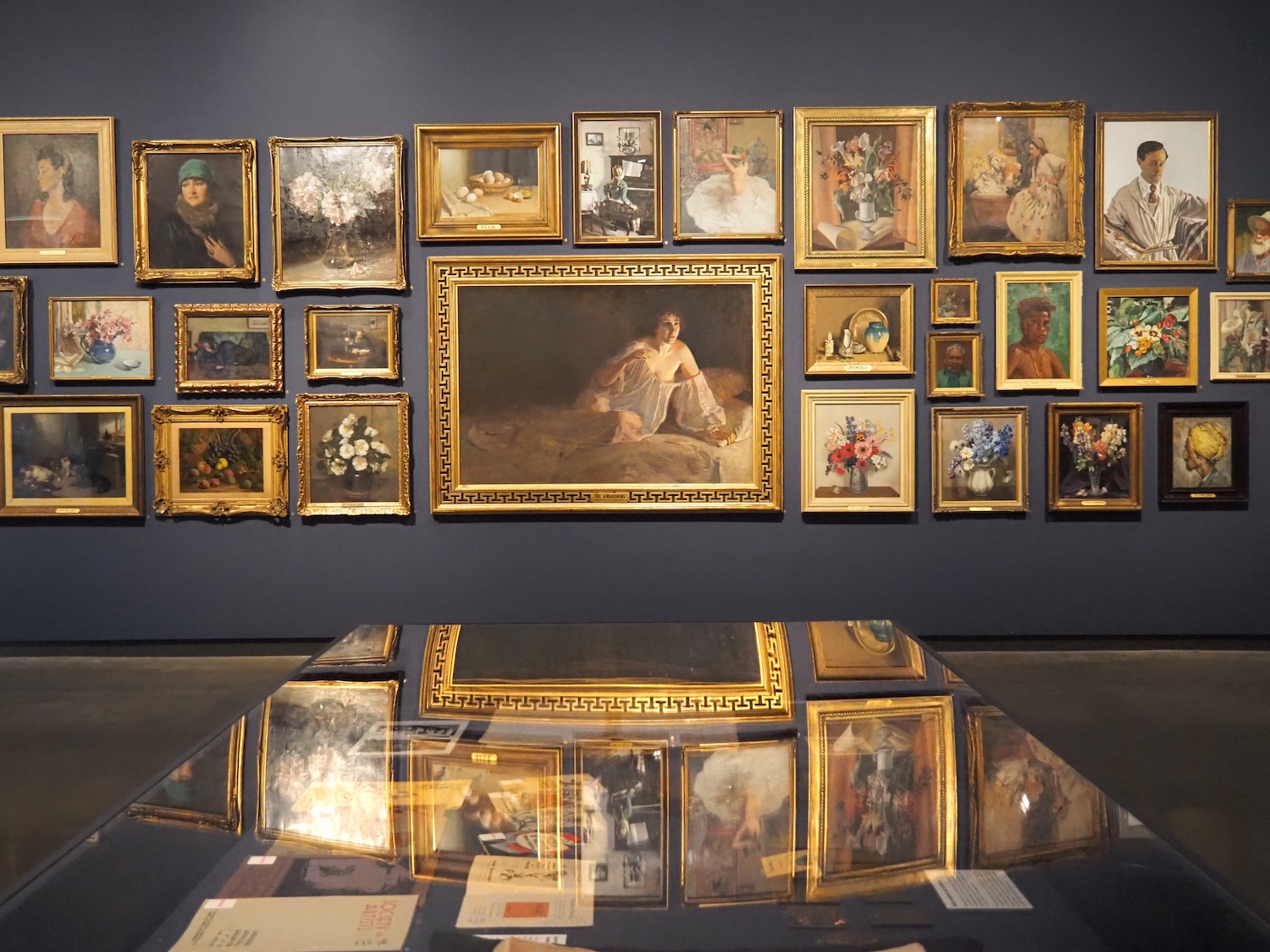
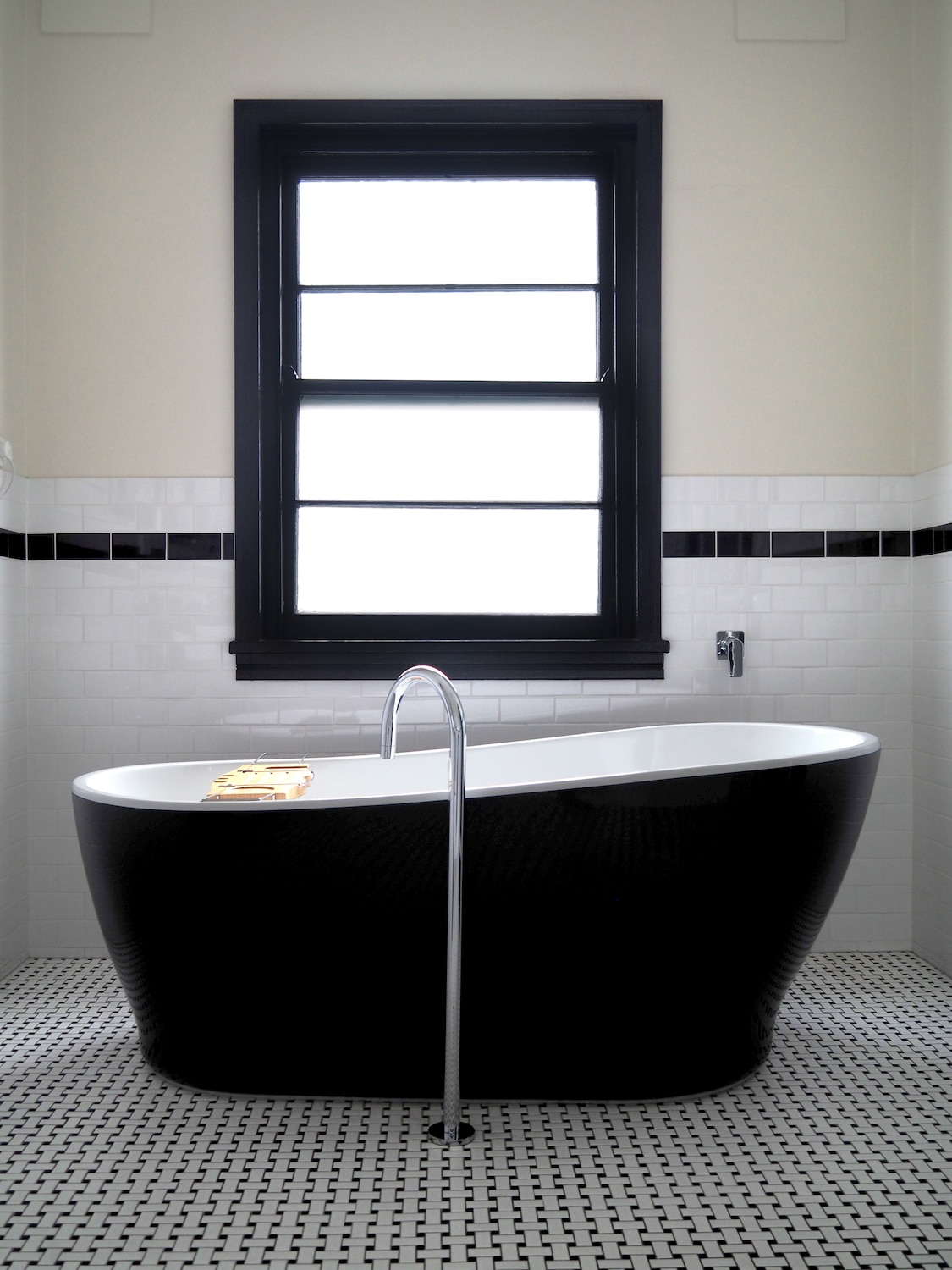
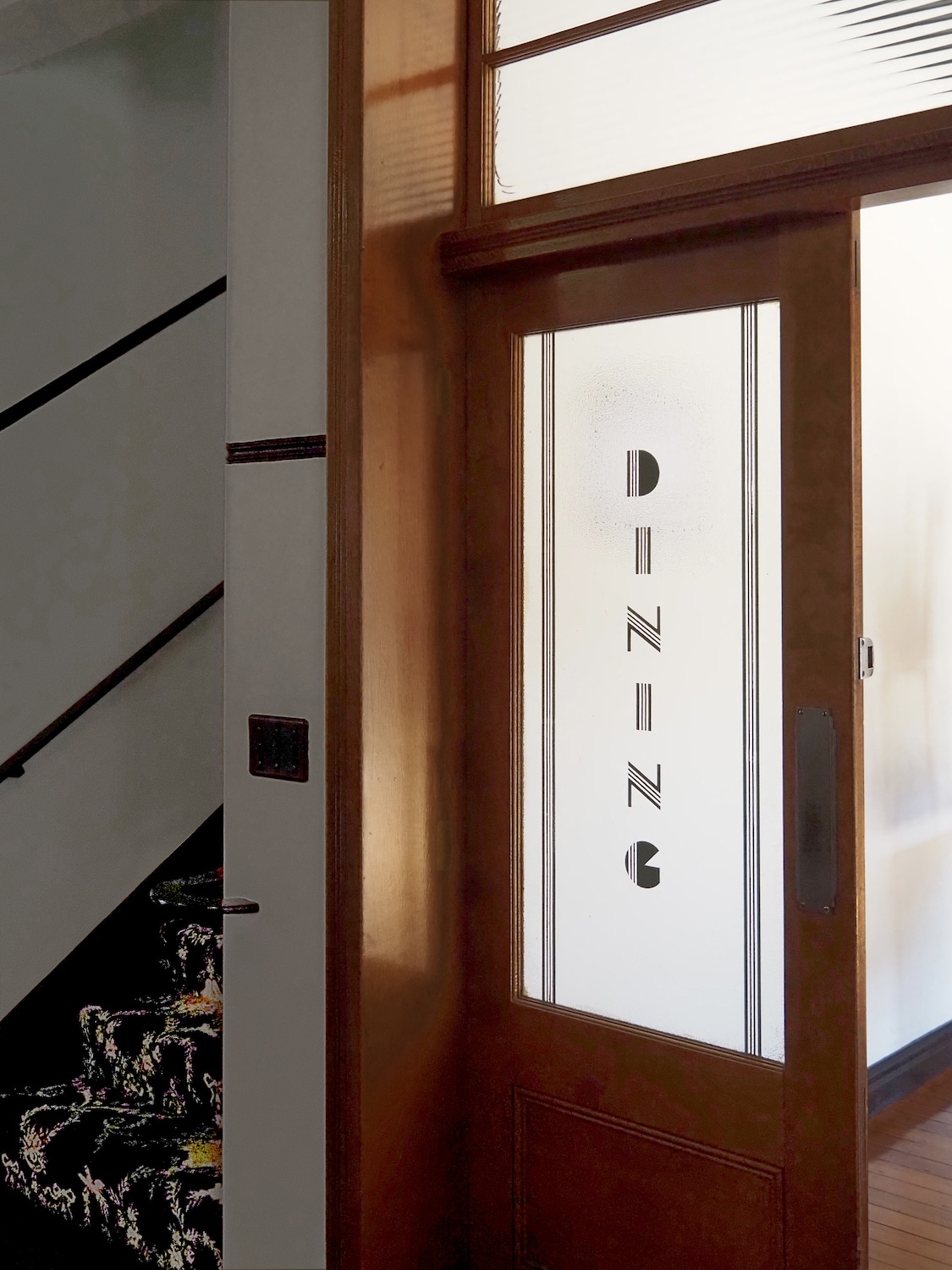
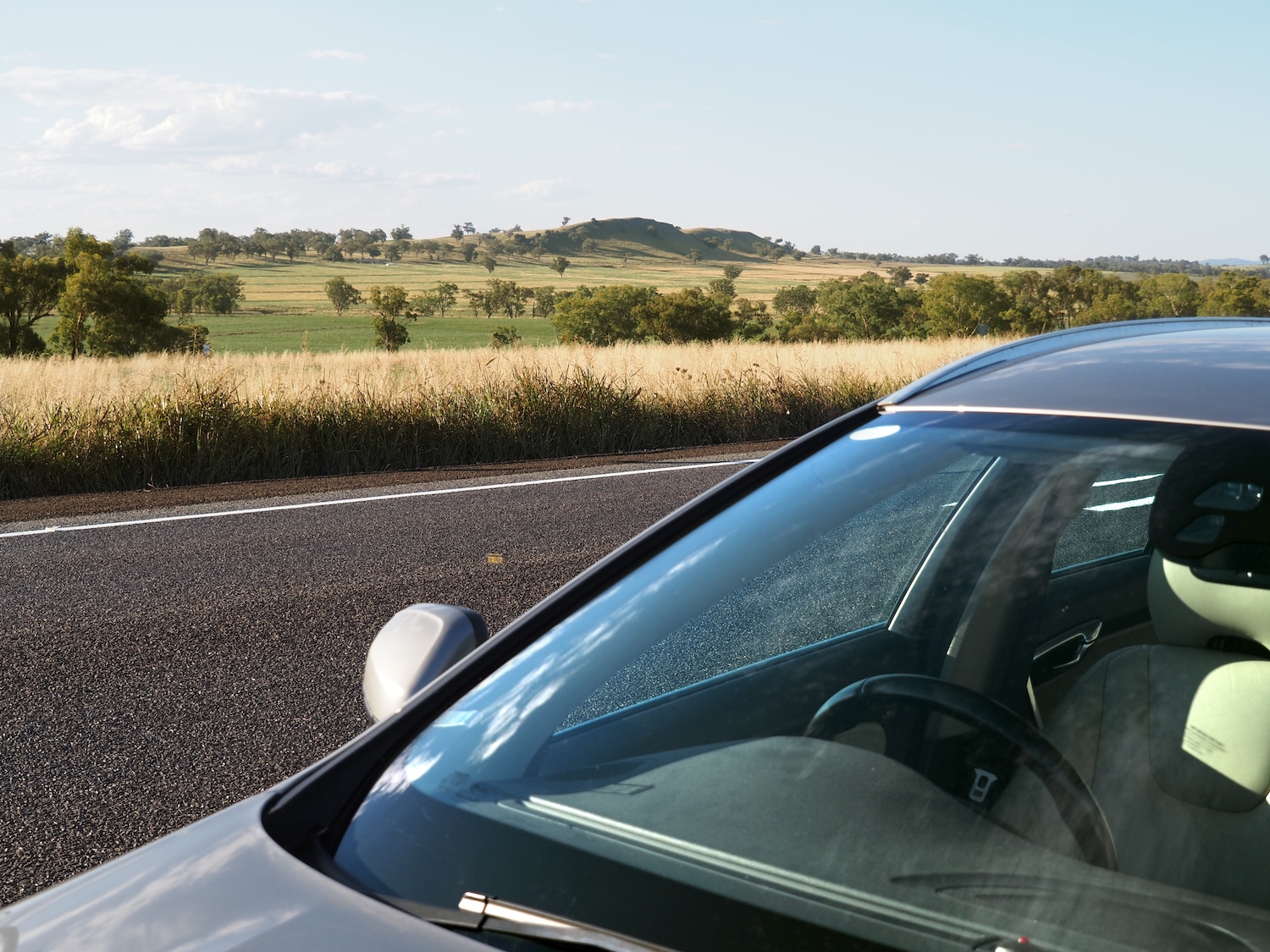

Jason Mowen
Jason featured in our second ever edition of the Murrurundi Argus back in March 2021, profiling his journey to living in Murrurundi. With this article we are coming full circle, just over one year later.
- XXXVIII LA Story by Michael Reid OAM April 2024
- XL Pecora Dairy by Michael Sharp July 2024
- XXXIX Joseph McGlennon by Michael Reid OAM May 2024
- XXXVII Julz Beresford by Michael Sharp March 2024
- XXXVI Sydney Contemporary by Jason Mowen February 2024
- XXXV The US of A by Michael Reid OAM December 2023
- XXXIV Scone Grammar School’s principal Paul Smart by Victoria Carey November 2023
- XXXIII AgQuip by Jason Mowen October 2023
- XXXII Tinagroo Stock Horse’s Jill Macintyre by Victoria Carey September 2023
- XXXI The Old Gundy School House by Victoria Carey August 2023
- XXX Annette English by Victoria Carey July 2023
- XXIX The Ghan by Jason Mowen June 2023
- XXVIII All in the family: The Arnotts May 2023
- XXVII A Capital Plan by Jason Mowen March 2023
- XXVI Mandy Archibald March 2023
- XXV Paul West February 2023
- XXIV The Other Newcastle by Jason Mowen January 2023
- XXIII Mount Woolooma Glasshouse at Belltrees December 2022
- XXII Murrurundi to Matino: with Jason Mowen November 2022
- XXI James Stokes October 2022
- XX Adelaide Bragg September 2022
- XIX Tamara Dean August 2022
- XVIII Going home: Angus Street July 2022
- XVII Belltrees Public School June 2022
- XVI A Road Trip on the New England Highway May 2022
- XV David and Jennifer Bettington: from horses to houses April 2022
- XIV Denise Faulkner: Art of the Garden March 2022
- XIII Childhood memories: Willa Arantz February 2022
- XII Riding ahead: Giddiup January 2022
- XI Ingrid Weir’s rural life December 2021
- X Life by design: William Zuccon November 2021
- IX Life on the land: The Whites October 2021
- VIII Goonoo Goonoo Station September 2021
- VII Murrurundi: a garden playground August 2021
- VI Pat’s Kitchen July 2021
- V A creative life: Charlotte Drake-Brockman June 2021
- IV Magpie Gin May 2021
- III The Cottage, Scone April 2021
- II At home with Jason Mowen March 2021
- I A town that performs February 2021








